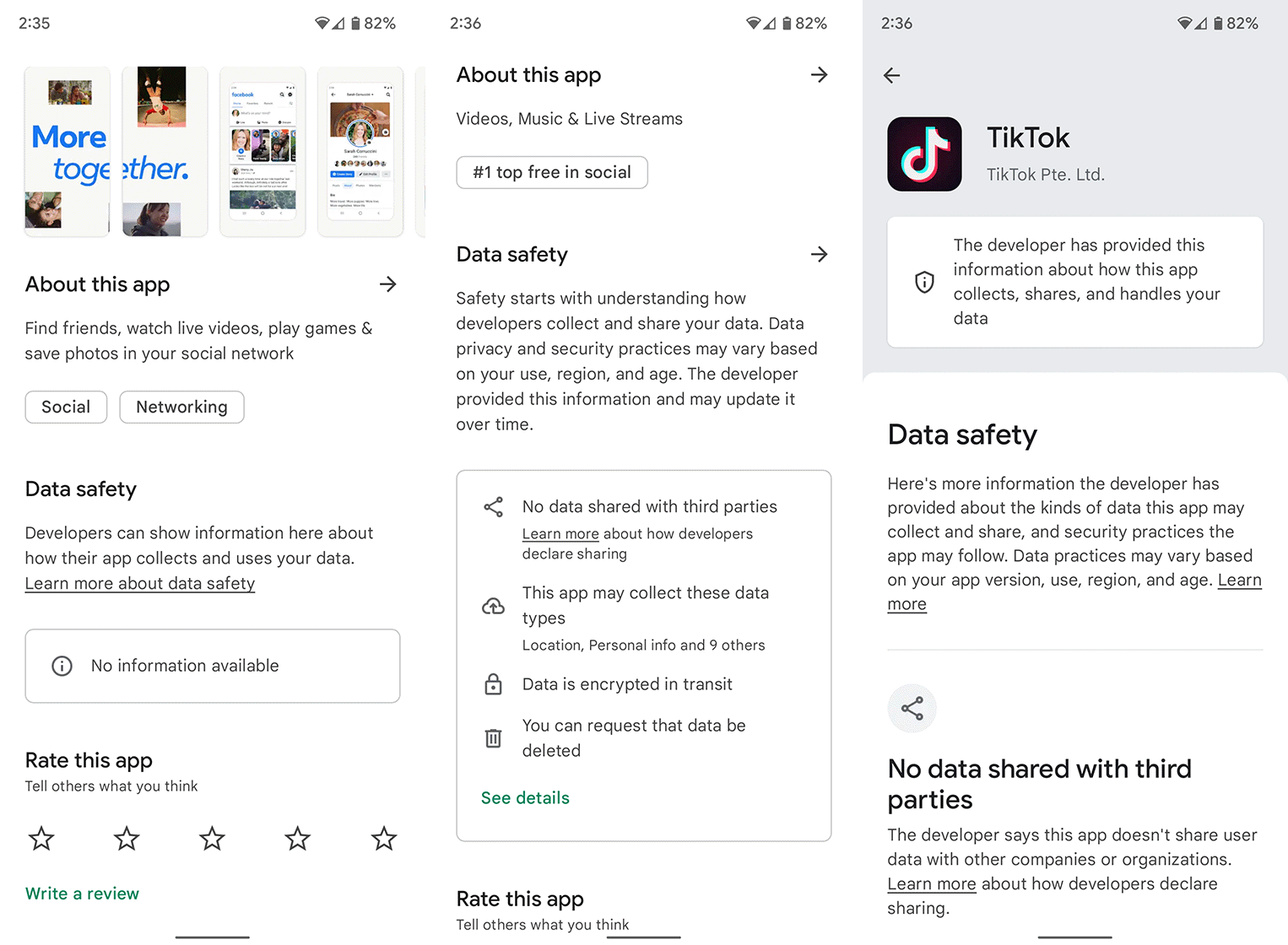Google is expanding its Print store services to Canada and Europe. Once available, users can create and order photo prints and canvas prints to be delivered to their home.
The Google Photos Print store originally launched in the United States. The company provides options for users to order prints of their memories and other photos taken on their smartphones and devices. In its latest expansion, Canada and 28 European countries can now select this option.
To order photo prints in Canada, Google charges a nominal fee of $0.39 each (plus shipping and taxes). Google Photo prints are available in the following sizes (in inches): 4×4, 4×6, 5×7, 8×10, 11×14, 12×12, 12×18, 16×20, and 24×36. Canvas prints, on the other hand, are available in sizes ranging from 8×8 inches to 20 x 24 inches.
As for Europe, Google’s service costs $0.15 EUR (plus shipping and taxes.) The following sizes of photo prints are available (in centimeters): 10×10, 10×15, 13×18, 20×20, 20×30, 30×45, 40×60, 50×50, 50×75, 60×90. Canvas prints range from 20×20 to 75×100 centimeters.
The full list of European countries gaining access to the Google Photos Print store includes Austria, Belgium, Bulgaria, Croatia, Cyprus, Czech Republic, Denmark, Estonia, Finland, France, Germany, Greece, Hungary, Ireland, Italy, Latvia, Lithuania, Luxembourg, Malta, Netherlands, Poland, Portugal, Romania, Slovakia, Slovenia, Spain, Sweden and the United Kingdom.
In addition to offering photo prints that can be perfect for framing, Google also includes a Photo Book service. The company offers the ability to create a memory book made up of a series of your photos. Across Canada, the U.S., and Europe, users can select softcover and hardcover options.
Image credit: Google
Source: Google











